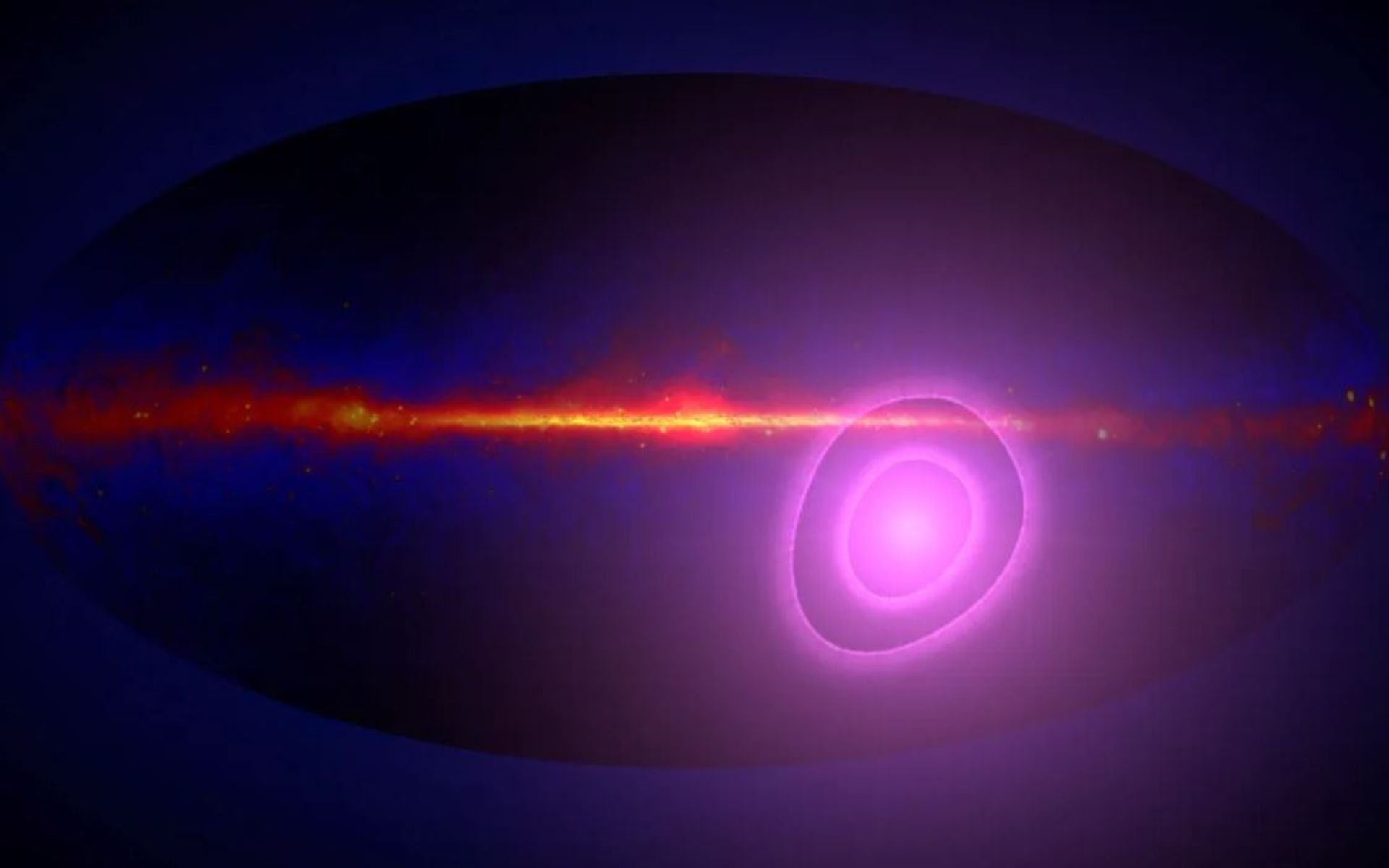Using data from the Fermi Gamma Ray Space Telescope, astronomers from the United States National Aeronautics and Space Administration (NASA) They detected that a mysterious signal was emanating from a region outside the Milky Way. Scientists provided more information about the discovery in an article published in the scientific journal The Astrophysical Journal Letters.
After detailed analysis of 13 years of data collected by the telescope, researchers detected gamma rays outside our galaxy. Such rays result from violent bursts of energetic light, usually caused by the explosion of stars..
They claim they stumbled upon the signal while searching for data on the properties of the earliest gamma rays that created the first atoms, a phenomenon known as cosmic microwave background radiation, or CMB.
Initially, the team was looking for features related to CMB because it is the oldest light in the universe. Scientists currently believe that the CMB originated in the early universe and may permeate the entire universe; The cosmic microwave background radiation has a dipole-type structure, meaning that each end is hotter and denser than the other.
“This measurement is important because a disagreement about the size and orientation of the CMB dipole can give us an insight into the physical processes operating in the very early universe, potentially down to times of less than a trillionth of a second.” Fernando Atrio-Barandela, one of the authors and professor of theoretical physics at the University of Salamanca in Spain.
Mysterious gamma ray
In a similar direction, astronomers found a gamma-ray dipole far from the CMB. Its size is about ten times larger than scientists expected. For now, the detection is still a mystery, but researchers believe the discovery may be linked to a cosmic property of gamma rays; It seems that both phenomena may have arisen from a single, as yet unidentified origin.
Researchers say that they now aim to find the location of the mysterious source that reveals the mysterious gamma ray. The detection could help scientists better understand how the dipole structure is formed.for example, to answer how physical processes worked in a primitive universe.
“We found a gamma-ray dipole, but its peak is located in the southern sky, far from the CMB, and its magnitude is 10 times larger than we expected from our motion. Although this is not what we were looking for, we suspect it may be related to a similar feature reported for high-energy cosmic rays,” Washington said. , another author and astrophysicist, Chris Shrader, of the Catholic University of America in the United States.
Did you like the content? Therefore, always stay up to date with the latest scientific studies on astronomy at TecMundo. If you wish, take the opportunity to understand how the Fermi Space Telescope discovered 294 pulsar stars in the Universe.
Source: Tec Mundo
I’m Blaine Morgan, an experienced journalist and writer with over 8 years of experience in the tech industry. My expertise lies in writing about technology news and trends, covering everything from cutting-edge gadgets to emerging software developments. I’ve written for several leading publications including Gadget Onus where I am an author.













